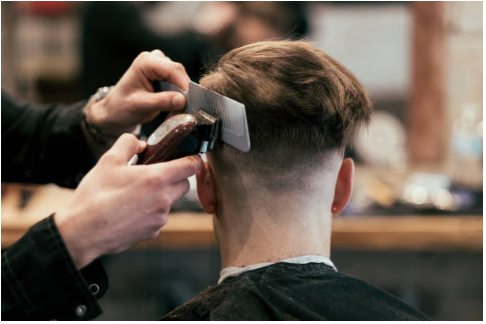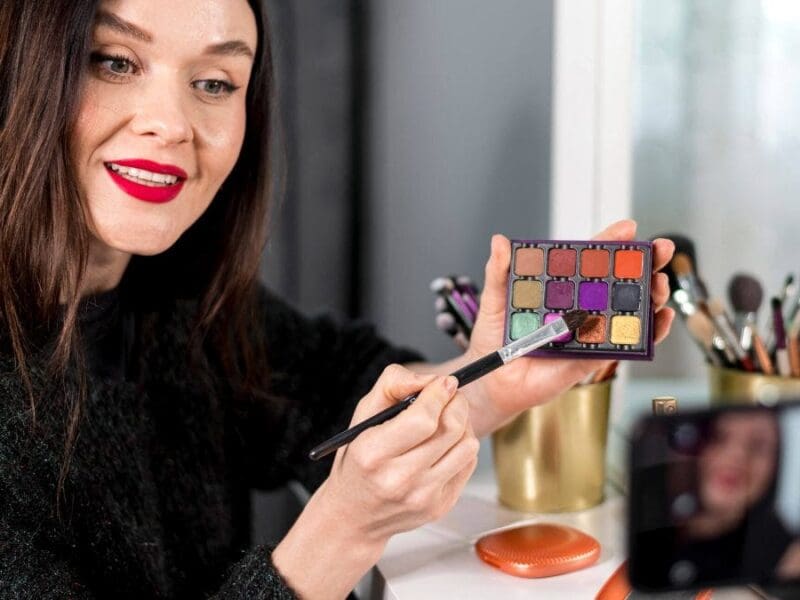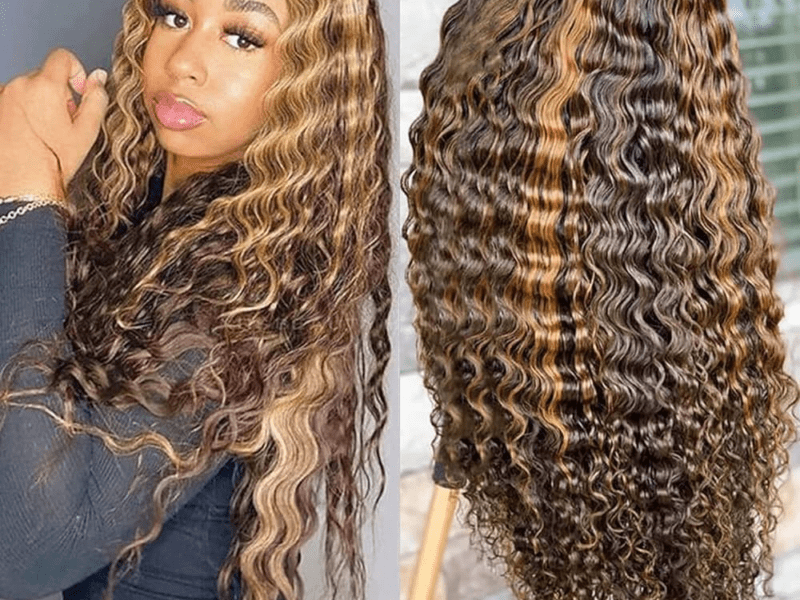
Defining Styles: The Evolution of Men’s Haircuts in Recent Years
Men’s haircuts have come a long way in recent years, evolving from traditional and conservative styles to bold and experimental looks. This transformation can be attributed to various factors, including changing societal norms, advancements in hairstyling techniques, and the influence of popular culture. In this article, we will delve into the driving forces behind the evolution of men’s haircuts, explore a brief history of men’s hairstyles, and examine how they have evolved in recent years.
What is Driving the Evolution in Men’s Haircuts?
Several factors have contributed to the evolving trends in men’s haircuts. One significant factor is the changing perception of masculinity and self-expression. Traditionally, men’s hairstyles were often limited to short and neat cuts, reflecting a conservative approach to grooming. However, as society has become more accepting of individuality and self-expression, men have felt empowered to experiment with their hair. This shift in societal norms has opened up a wide range of possibilities for men’s hairstyles, allowing for greater creativity and personalization.
Another driving force behind the evolution of mens haircuts is the influence of popular culture and celebrities. With the rise of social media and the constant exposure to celebrities and influencers, men have become more style-conscious and inspired to emulate the looks of their favorite icons. Celebrities like David Beckham, Brad Pitt, and Timothée Chalamet have popularized a variety of hairstyles, leading to trends that quickly spread among men of all ages.
Additionally, advancements in hairstyling techniques and products have played a significant role in the evolution of men’s haircuts. The availability of high-quality styling tools, such as clippers, pomades, and waxes, has made it easier for men to achieve intricate and complex hairstyles. Barbers and hairstylists have also adapted to these changes by developing new cutting and styling techniques, pushing the boundaries of traditional men’s grooming.
Brief History of Men’s Haircuts
The history of men’s haircuts is a reflection of the prevailing cultural and social norms of each era. In the early 20th century, short and well-groomed styles like the slicked-back undercut or the side-parted haircut were popular. These styles conveyed a sense of formality and professionalism.
The 1950s saw the rise of the iconic “greaser” look, characterized by slicked-back hair with a pompadour or a ducktail at the back. This rebellious style was associated with motorcycle culture and popularized by figures like James Dean and Elvis Presley.
In the 1960s and 1970s, men’s hairstyles became longer and more free-flowing, inspired by the counterculture movements of the time. The Beatles’ mop-top haircut and the flowing locks of hippies exemplified this era.
The 1980s witnessed a shift towards flamboyance and excess, with men embracing voluminous hairstyles and experimenting with perms and mullets. This trend gradually gave way to shorter, more understated cuts in the 1990s and early 2000s, reflecting a return to a more refined and polished look.
How Has Men’s Haircuts Evolved in Recent Years?
In recent years, men’s haircuts have become increasingly diverse and experimental. The influence of popular culture, particularly through social media platforms like Instagram and TikTok, has given rise to a myriad of trends and styles.
One prominent trend in recent years is the undercut, where the sides and back of the head are shaved or cut very short, while the hair on top is left longer and styled in various ways. This versatile style allows for countless variations, such as the disconnected undercut, textured comb-over, or messy quiff.
Another popular style that has emerged is the fade haircut, characterized by a gradual blending of hair length from the bottom up. The fade can be combined with various top styles, such as the high fade with a pompadour or a low fade with a buzz cut, creating a clean and modern aesthetic.
Men’s hairstyles have also seen a resurgence of longer hair. The man bun, made popular by celebrities like Jared Leto and Chris Hemsworth, has become a sought-after style for men with medium to long hair. Similarly, the textured crop, a tousled and textured haircut with fringe, has gained popularity as a low-maintenance yet fashionable option.
In terms of color, more men are embracing unconventional shades and highlights. From pastel hues to vibrant blues and purples, men are no longer confined to natural hair colors, using dye to express their individuality and creativity.
Summary
In conclusion, the evolution of men’s haircuts in recent years has been driven by a shift in societal norms, the influence of popular culture, advancements in hairstyling techniques, and the desire for self-expression. Men are no longer confined to traditional and conservative styles but have embraced a wide range of creative and personalized looks. From the iconic hairstyles of the past to the diverse and experimental trends of today, men’s haircuts have become a powerful form of self-expression, allowing individuals to showcase their unique style and personality. As the world continues to evolve, so too will men’s haircuts, inspiring new trends and pushing the boundaries of grooming and fashion.







